Non-biodegradable
Non-biodegradable
Non-biodegradable
In the world of packaging, the term non-biodegradable refers to materials that do not break down naturally in the environment. These materials can persist for many years, causing long-term pollution.
What Are Non-biodegradable Materials?
Non-biodegradable materials include plastics, metals, and certain chemicals. Unlike biodegradable materials, they do not decompose through natural processes. This means they can accumulate in landfills and oceans, posing a threat to wildlife and ecosystems.
Examples of Non-biodegradable Packaging
Common examples of non-biodegradable packaging are plastic bottles, aluminum cans, and polystyrene foam. These items are widely used because they are durable and cost-effective. However, their environmental impact is significant.
Environmental Impact
Non-biodegradable packaging contributes to pollution and waste management issues. It can take hundreds of years to break down, during which time it can release harmful chemicals into the soil and water. This can affect both human health and the environment.
Alternatives to Non-biodegradable Packaging
To reduce the environmental impact, many companies are turning to biodegradable and recyclable materials. These alternatives can help minimize waste and promote a more sustainable future. Examples include paper, cardboard, and biodegradable plastics.
Conclusion
Understanding the impact of non-biodegradable packaging is crucial for making informed choices. By opting for eco-friendly alternatives, we can help protect our planet for future generations.
Blog Posts with the term: Non-biodegradable
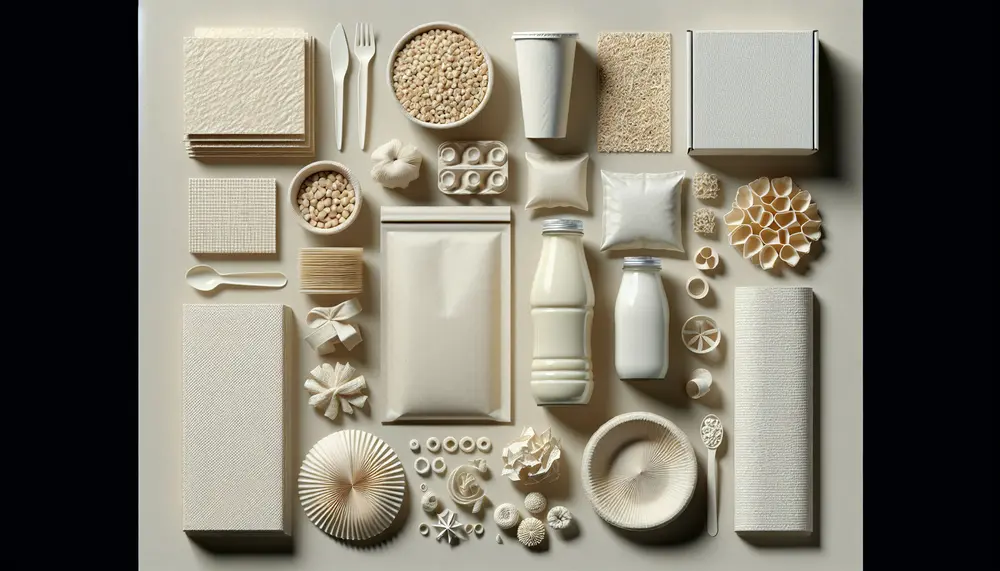
Cornstarch is a biodegradable, eco-friendly alternative to traditional packaging materials, offering similar functionalities with less environmental impact. It's used in various industries for products like containers and bags, reduces reliance on fossil fuels, and supports climate change efforts by emitting...
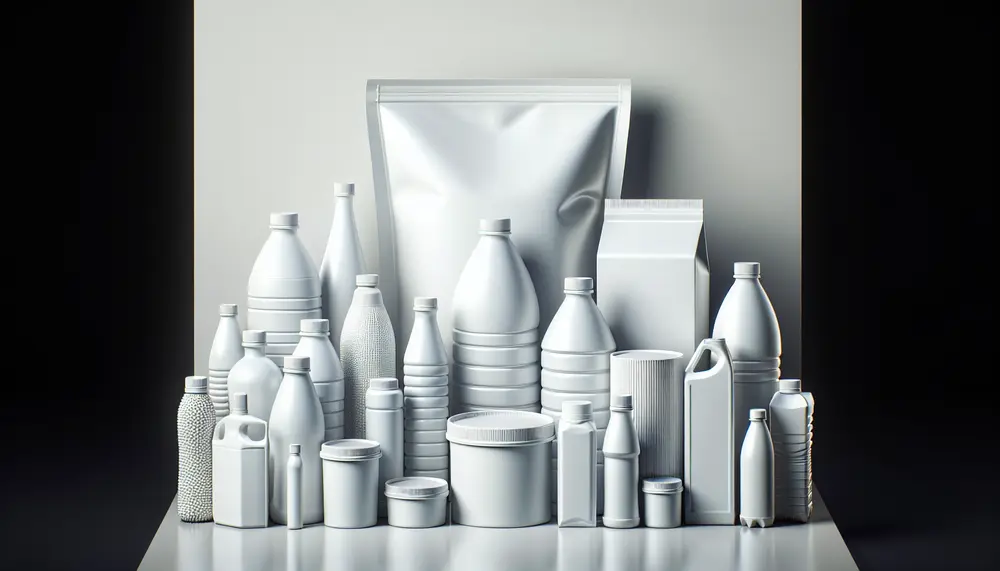
HDPE packaging is valued for its durability, lightweight nature, and resistance to environmental factors. It's versatile in shape and size customization, cost-effective during transport due to its light weight, and environmentally friendly as it's 100% recyclable. High-density polyethylene (HDPE) is a...
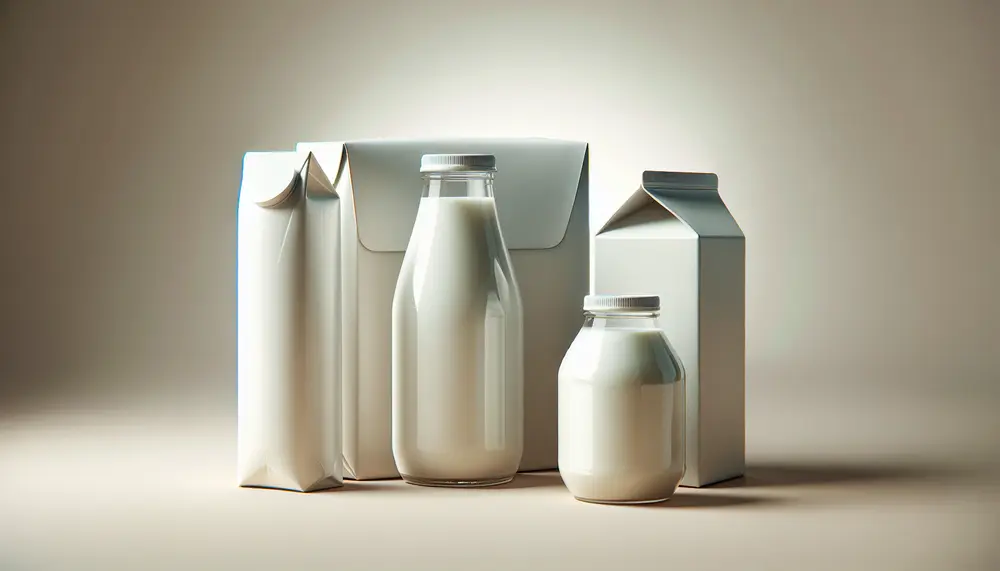
This article discusses the evolution and variety of milk packaging materials, highlighting their role in preserving milk's freshness, taste, and nutrition. It covers historical advancements from glass bottles to modern sustainable options, examining each material's benefits and drawbacks for consumers...
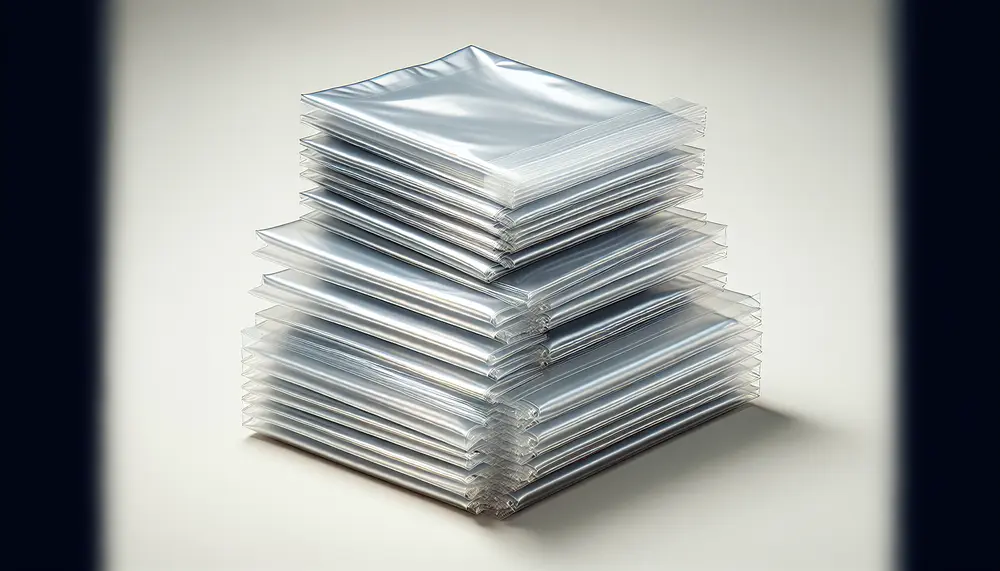
OPP bags, known for their strength and clarity, are essential in packaging for protection, presentation, and preservation of products. They offer advantages like durability, resealability, cost-effectiveness but have drawbacks such as being non-biodegradable; various types exist to suit different applications. Different...
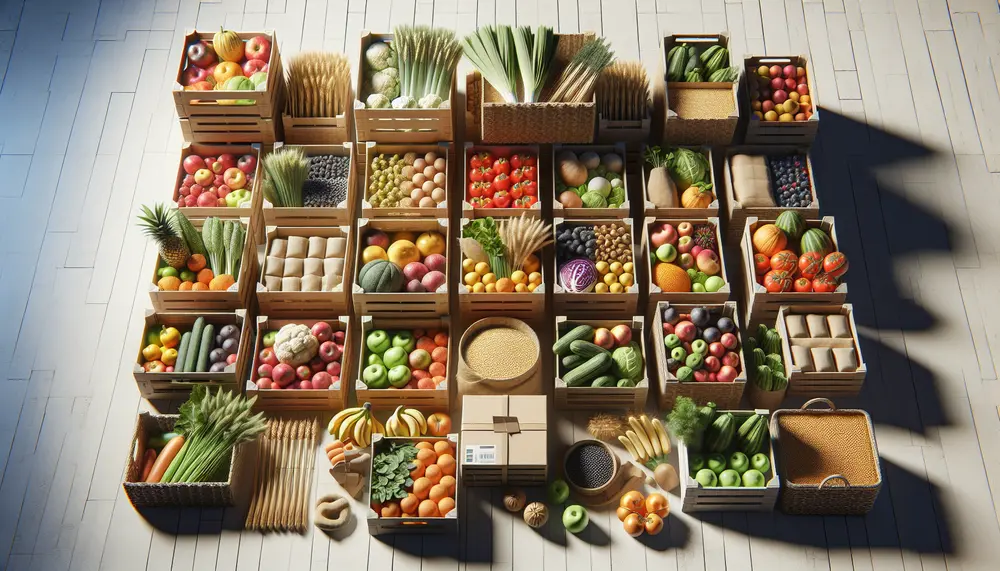
Understanding the Basics of Packaging Materials in Agriculture: Agricultural packaging is essential for protecting produce during transport and extending shelf life, with material choice balancing product needs, efficiency, marketing appeal, and sustainability. Choosing the Right Packaging for Your Agricultural Products: Selecting...
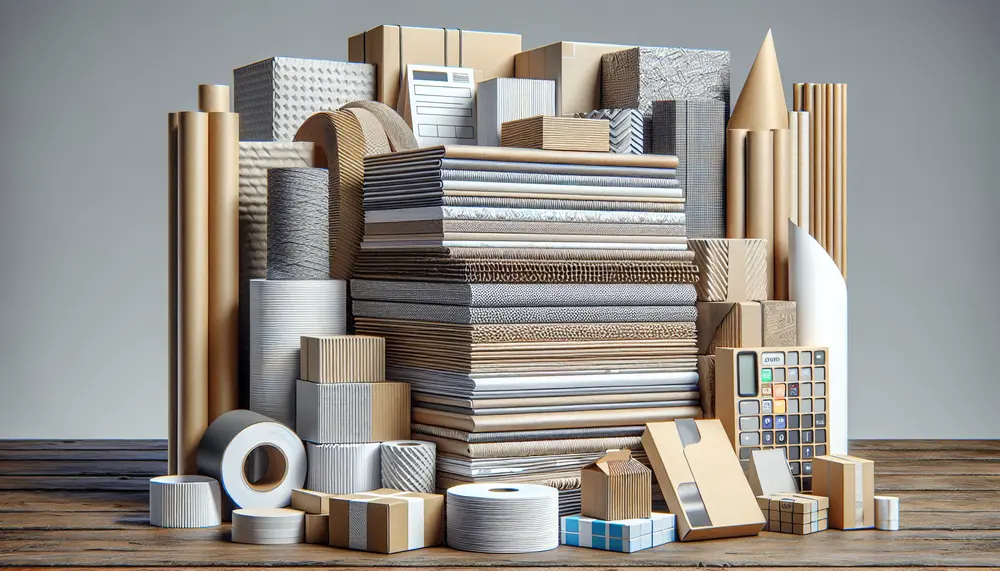
Duplex paper is a two-layered packaging material known for its printability and structural integrity, widely used across industries due to its visual appeal and sturdiness. It's also eco-friendly, being recyclable and often made from sustainable sources. Advancements in duplex paper manufacturing...
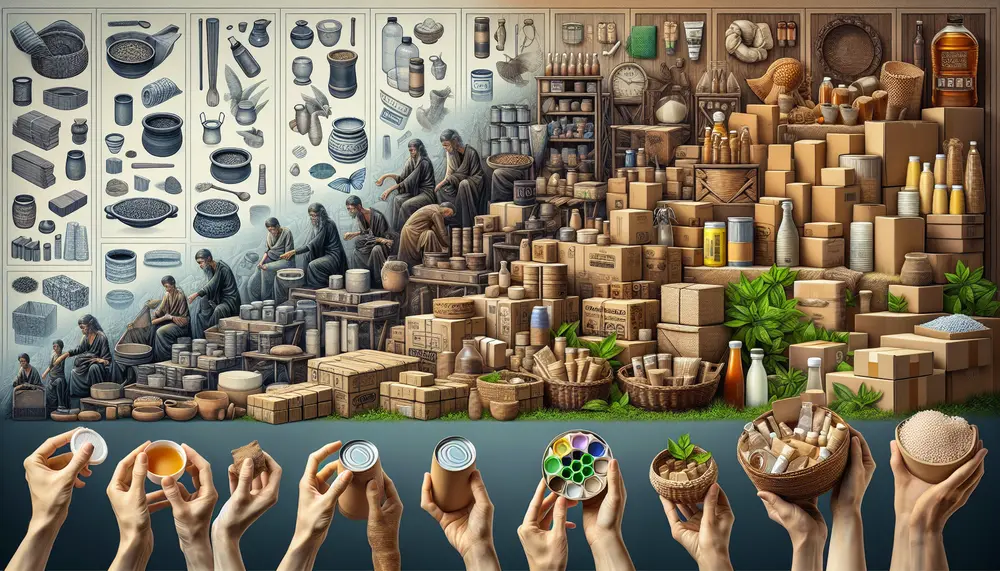
The article traces the history of packaging from natural materials used by early humans to innovations like wooden containers and paper, highlighting its role in trade and commerce. It details China's invention of paper as a transformative material for packaging...

Packaging materials range from traditional paper and glass to modern bioplastics, each with unique properties affecting product safety, cost-effectiveness, and environmental impact. Selecting the right packaging is crucial for brand identity, customer satisfaction, and sustainability; factors like protection needs, branding...

Effective electronic packaging is essential for protecting devices during transport and storage, impacting customer satisfaction and brand reputation. A guide to materials like plastic cushioning, thermoformed plastics, shielding bags, foams, and desiccants helps in selecting the right protection based on...
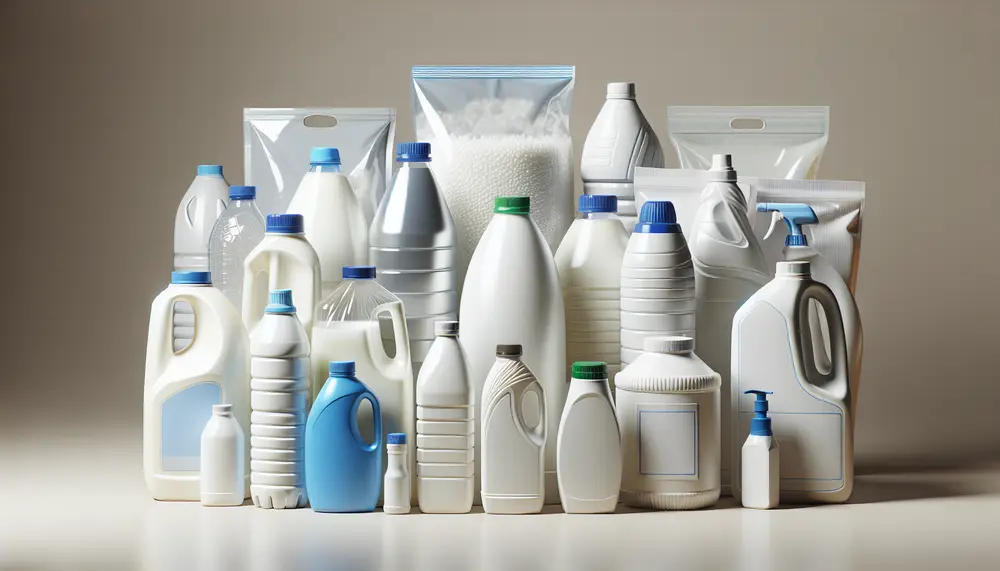
High-Density Polyethylene (HDPE) is a durable, versatile thermoplastic with a high strength-to-density ratio used in packaging, construction, and various other applications due to its resistance to impact and chemicals. HDPE's production involves polymerization of ethylene gas using different methods that...
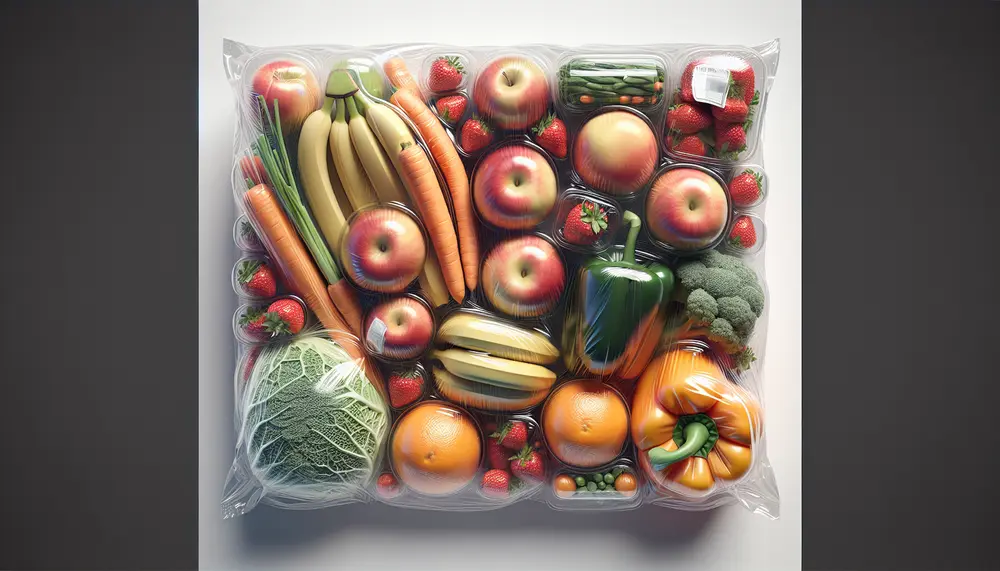
Packaging for fruits and vegetables is crucial in ensuring produce reaches consumers fresh, extends shelf life by controlling moisture and airflow, protects from contaminants, and maintains hygiene. The choice of packaging materials like corrugated boxes or breathable bags depends on...
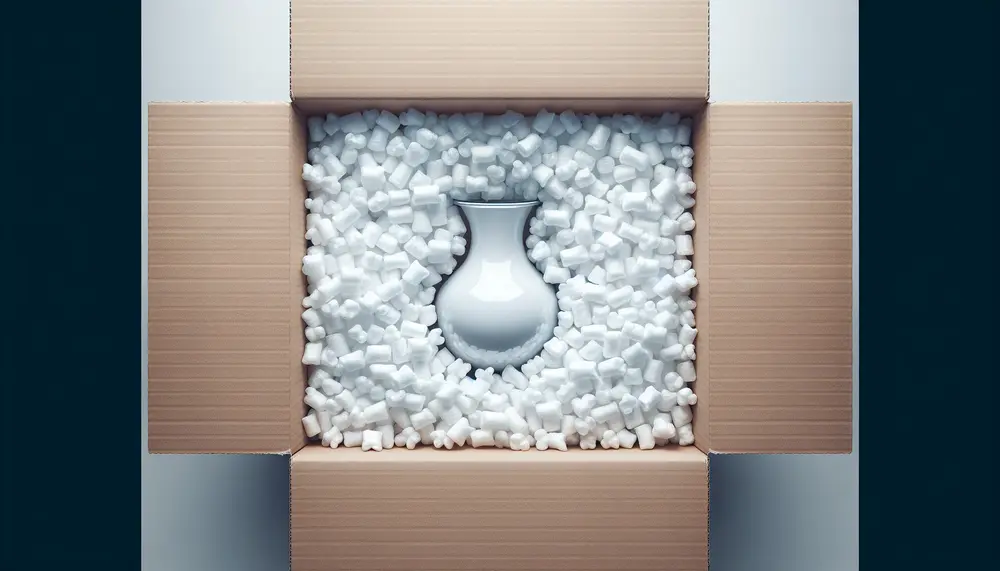
Packing peanuts are used in packaging to fill empty spaces, prevent movement, and absorb shocks during shipping. They come in various materials including Styrofoam and eco-friendly options like biodegradable starch-based peanuts, with TOTALPACK® offering high-grade reusable types. The environmental impact of...
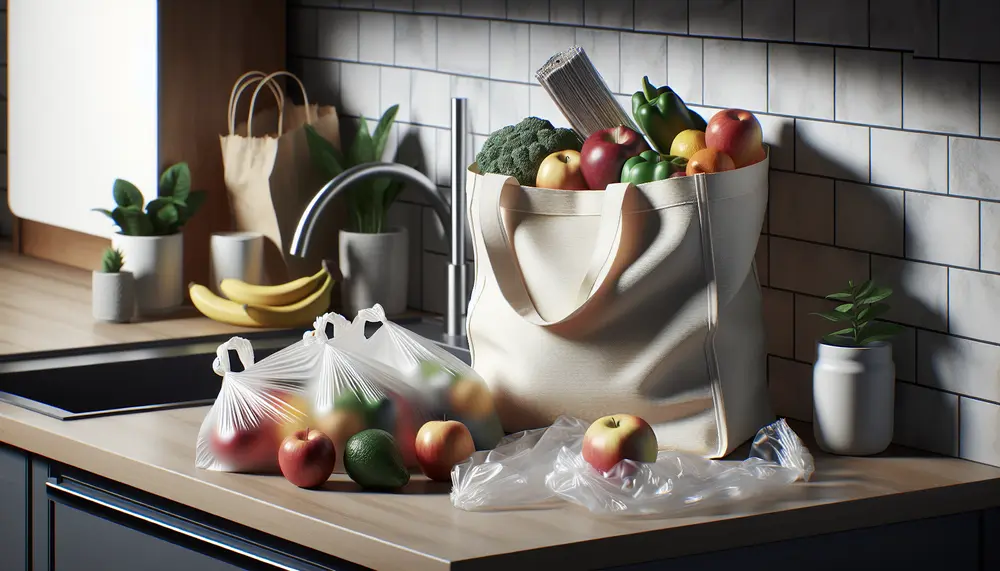
The plastic bag controversy involves balancing their convenience and environmental impact, with issues like non-biodegradability, pollution, and wildlife harm. Efforts are underway to find sustainable alternatives due to the extensive ecological footprint of plastic bags....
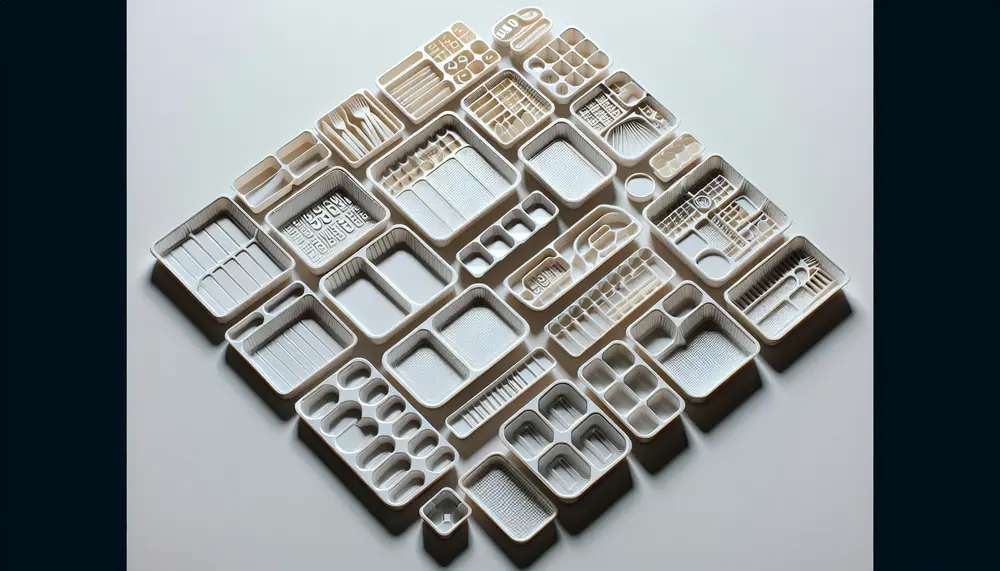
Plastic trays are essential in various industries for their customizable size, shape, and material, offering versatility from warehouse organization to sterilized medical packaging. They come in different designs like compartmentalized or vented ones and have evolved with eco-friendly options to...
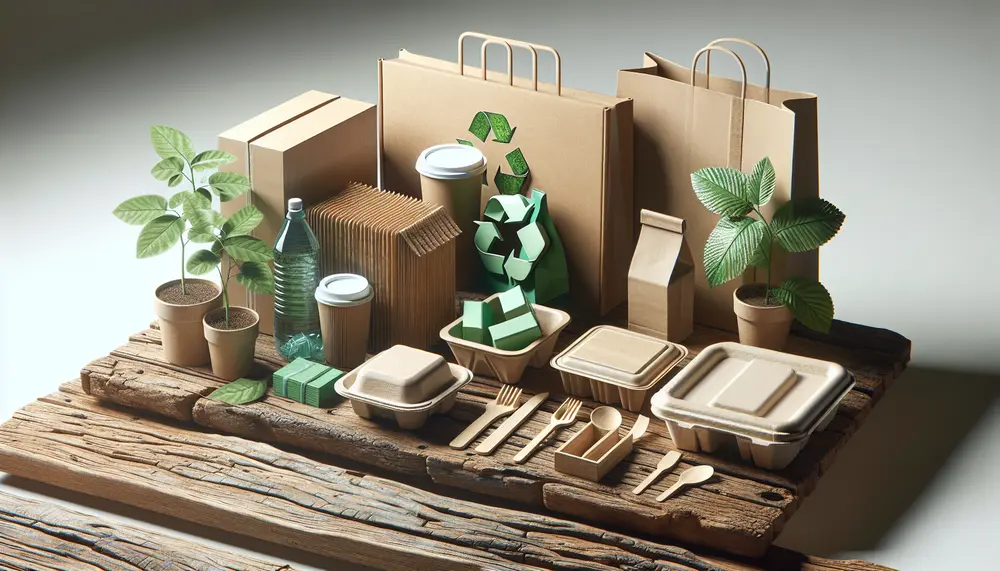
Recycled packaging is crucial for environmental conservation, reducing the need for new resources and minimizing carbon footprint through reusing materials like cardboard, paper, plastics, metals, and glass. The industry faces challenges such as material contamination and complex composites but is...
